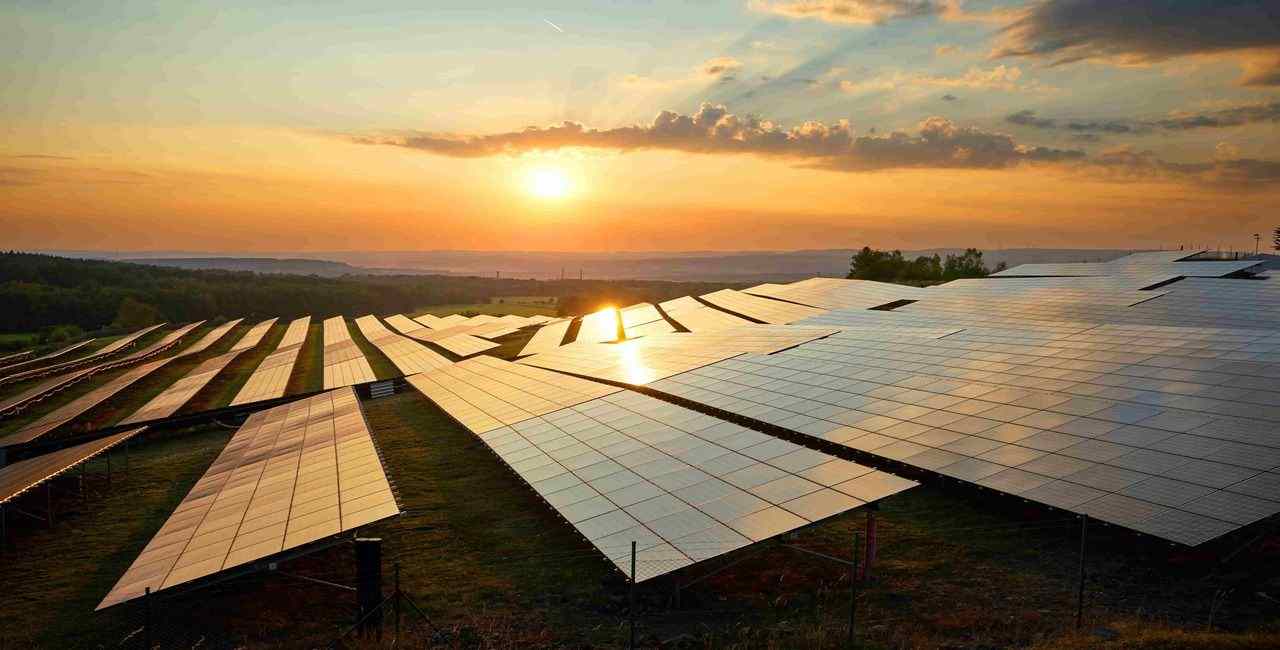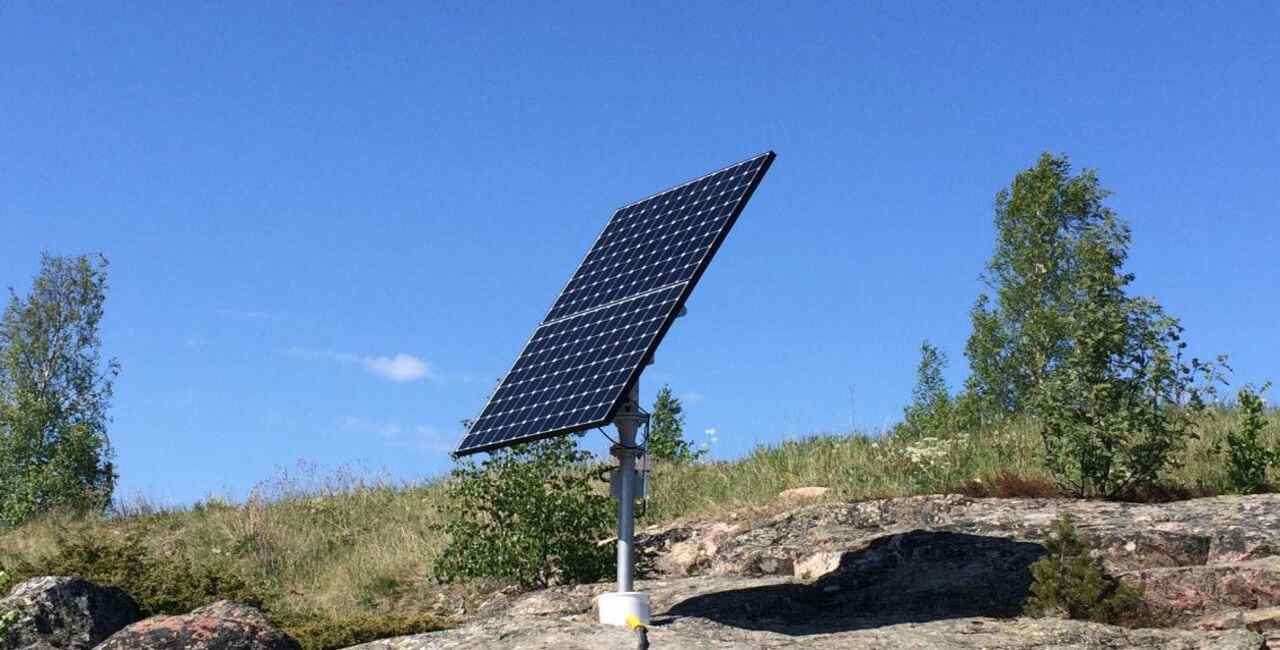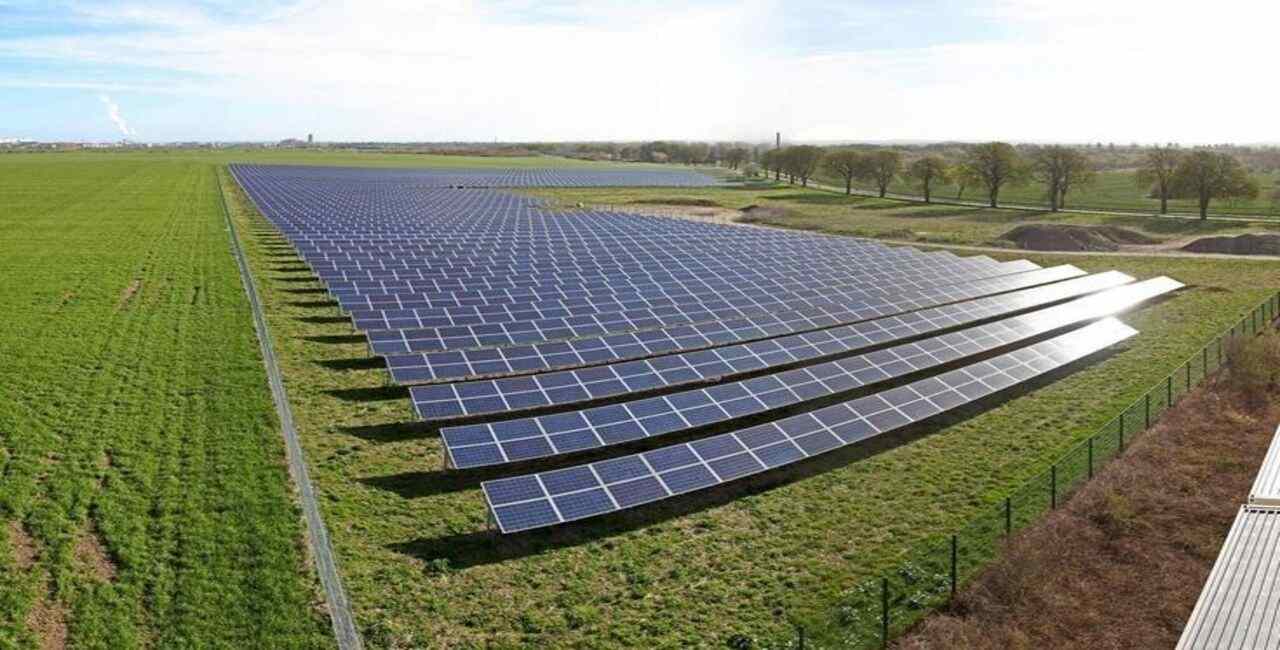The Impact of Solar Energy on Grid Stability and Reliability

Solar energy has become a significant actor in the fight to lessen the consequences of climate change as the globe moves towards sustainable energy sources. But as solar energy usage increases, the stability and dependability of the electrical grid face particular difficulties. Owing to the intermittent nature of solar energy and the unpredictability in its production caused by elements like weather and time of day, the grid may become unstable due to changes in frequency and voltage.
Addressing these issues and making sure that the integration of solar power does not jeopardize the stability and dependability of the electric grid are imperative if we are to fully realize the potential of solar energy. This necessitates a thorough understanding of how solar energy affects grid stability as well as the creation of cutting-edge technology and methods to mitigate these effects. Examining the most recent findings, patterns, and tactics regarding the effects of solar energy on the stability and dependability of the grid are crucial in this context.
Solar Energy's Impact on Grid Stability
Solar energy is intermittent and variable in output, which leads to changes in grid frequency and voltage. Numerous variables, including the time of day and the weather, contribute to this unpredictability. The system may become unstable due to the erratic energy supply, which might result in equipment damage, interruptions, and power outages.
It is critical to create cutting-edge strategies and technology that can control the effects of solar energy on the grid in order to preserve grid stability and dependability. Energy storage devices, which can store extra solar energy and deliver it to the grid when solar energy output is low, are one alternative. This aids in maintaining the frequency and voltage of the grid.
The creation of sophisticated inverters, which can aid in controlling the flow of solar energy onto the grid, is another option. These inverters can stabilize grid frequency and voltage while managing the fluctuation of solar energy production. In order to preserve grid stability, the level of solar energy output can be predicted with the use of sophisticated forecasting and monitoring systems.
Policy and regulatory frameworks are essential for addressing the influence of solar energy on grid stability in addition to technological solutions. Governments must develop policies that support the use of renewable energy sources while preserving system stability. The development of new technologies that aid in reducing the grid impact of solar energy should be encouraged by these laws, and their efficient use should be guaranteed.
The incorporation of solar energy into the electrical grid might cause the system to become unstable, resulting in power interruptions, outages, and equipment damage. To effectively manage the influence of solar energy on grid stability and ensure the smooth transition to renewable energy sources, innovative ideas, technology, laws, and regulations are crucial.
Balancing Solar Energy with Grid Stability and Reliability
It has grown more difficult to integrate solar energy into the grid while maintaining grid stability and dependability as it becomes a more significant source of renewable energy. Solar energy is naturally sporadic and unpredictable, depending on the environment, the time of day, and the location. Given that they must maintain a steady and dependable supply of power to fulfill demand, grid operators may face considerable difficulties as a result of this unpredictability.
There are a number of solutions that may be used to balance solar energy with the stability and dependability of the grid in order to overcome these difficulties. The utilization of energy storage devices, such as batteries, to assist reduce the fluctuation of solar energy is one of the most crucial. In order to balance supply and demand and lessen the load on the grid, energy storage devices can store extra solar energy when it is generated and release it when it is needed.
Utilizing sophisticated grid management technologies, including real-time monitoring and control systems, smart inverters, and enhanced metering infrastructure, is another tactic. These tools can aid grid operators in managing solar energy's fluctuation and swiftly adapting to variations in supply and demand.
In balancing solar energy with grid stability and dependability, laws and regulations can be quite important. Policies that encourage the use of distributed energy resources, such as rooftop solar panels, can, for instance, help spread out solar output across the grid and ease the load on centralized power plants. Regulations that mandate the provision of grid services by renewable energy sources, such as voltage support and frequency control, can also aid in ensuring that solar energy is incorporated in a way that promotes system stability and dependability.
A complex strategy, including the deployment of energy storage devices, cutting-edge grid management tools, legislation and regulations, as well as public education and awareness campaigns, is needed to balance solar energy with grid stability and dependability. Energy sector stakeholders may guarantee that solar energy is incorporated in a way that supports a dependable and sustainable energy system for years to come by cooperating with one another.
The Role of Solar Energy in Improving Grid Reliability

The dependability of the electricity system may be significantly increased by using solar energy. Solar energy may lessen reliance on a single source of energy and improve the grid's resilience by generating electricity from a variety of sources.
In order to keep the grid stable and reliable, solar energy may also offer ancillary grid services like frequency management and voltage support. For instance, solar inverters can assist in controlling grid frequency by altering solar energy output to fit demand. By doing this, you can lessen the chance of blackouts and other disturbances, which can happen if the grid's frequency becomes unstable.
Additionally, the grid may be powered by solar energy, which eliminates the need for substantial centralized power plants and transmission lines. This can aid in lowering the possibility of grid failures brought on by interruptions in the infrastructure supporting centralized power generation or transmission.
Furthermore, solar energy may be used with energy storage devices like batteries to create backup power during periods of peak demand or grid outages. This can support maintaining a steady and dependable supply of power even during times of heavy demand or system outages.
In conclusion, by diversifying energy sources, offering ancillary grid services, and lowering reliance on centralized power generation and transmission infrastructure, solar energy may play a significant role in enhancing grid dependability. Solar energy's role in enhancing grid resilience is projected to become more significant as it continues to gain popularity as a source of renewable energy.
Solutions to Ensure Grid Stability Amidst Surging Solar Energy Usage
More homes and companies are turning to solar power as a substitute energy source as the need for clean energy rises. However, the dependability and stability of the grid may be impacted by the rising use of solar energy. This is due to the fact that solar energy production might vary based on the weather, the time of day, and other variables. The electricity system may become unbalanced as a result of these variations, resulting in brownouts, blackouts, and other interruptions.
Several strategies have been suggested and put into practise to guarantee grid stability in the face of rising solar energy demand, including:
- Energy Storage:The grid's supply and demand for power may be balanced with the use of energy storage technologies. Solar energy output variations can be mitigated by storing excess solar energy in batteries and using it as needed.
- Power Electronics: Solar energy may be transformed into a form that can be integrated with the rest of the power system with the use of power electronics, such as inverters and voltage regulators, which can help to stabilize the grid.
- Demand Response: Customers may contribute to grid balancing and a reduction in the requirement for extra generation capacity by being encouraged to modify their energy use habits during times of high demand.
- Frequency Regulation: In order to preserve stability and guarantee a steady supply of power, modern technologies can be used to monitor and adjust the grid's frequency.
- Voltage Regulation: Implementing controls to manage grid voltage levels can assist to lessen the effects of variations in solar energy generation and keep the system stable.
How Solar Energy is Changing the Future of the Electrical Grid?
By providing a safe, dependable, and sustainable source of electricity, solar energy is revolutionizing the way the electrical grid will operate in the future. Solar energy is quickly becoming an essential component of the electrical grid as it becomes more widely available and more economical. With the move towards solar energy, the way we produce, distribute, and use power is changing, leading to a more decentralized and adaptable grid.
One of the primary benefits of solar energy is that it can be put on rooftops or other confined spaces, enabling utilities, households, and commercial establishments to produce their own electricity. Due to the decreased reliance on massive centralized power plants caused by distributed generation, the system is better equipped to withstand disturbances and outages.
Additionally, the cost of solar energy is continuing to decline, making it more accessible to a wider range of individuals.
The fact that solar energy aids in lowering carbon emissions, a significant factor in climate change, is another significant feature of the technology. We can considerably reduce greenhouse gas emissions and lessen the effects of climate change by substituting clean, renewable energy for fossil fuels.
As solar energy usage increases, energy storage technology is being developed and innovated, making it possible to store excess solar energy for use at a later time. As a result, the grid may be managed with more flexibility, resulting in a more steady and dependable supply of power.
By fostering a more decentralized, robust, and sustainable system, solar energy is altering the future of the electrical grid. We may anticipate a day where energy is cleaner, more accessible, and more dependable as we continue to use solar power.
The Integration of Solar Energy into the Electrical Grid

As solar power continues to gain popularity as a clean and renewable energy source, the integration of solar energy into the electrical grid has been a major concern for the energy sector. Connecting solar power systems to the current electrical network is a necessary step in the integration of solar energy into the grid since it enables more widespread distribution and use of solar energy.
The intermittency of solar power generation is one of the main obstacles to its integration into the grid. There can be variations in the quantity of energy generated by solar energy because it is dependent on the weather and time of day. Due to grid imbalances caused by this unpredictability, the grid may become unstable and have dependability problems.
The industry has created a variety of solutions to overcome these issues and make it possible for solar energy to be successfully integrated into the grid. In order to ensure grid stability, these solutions also feature cutting-edge technology for frequency and voltage management. Energy storage devices can assist balance the supply and demand of power.
In addition, several utilities are putting smart grid technology to use to increase the system's adaptability and resilience. These technologies can aid in real-time power supply and demand matching, making the grid integration of solar energy more effective and dependable.
In general, a sustainable and dependable energy future depends on the integration of solar energy into the electrical grid. The energy sector can continue to increase the utilization of solar energy while upholding the stability and dependability of the power system by utilizing cutting-edge technology and creative ideas.
Conclusion
Solar energy is crucial to the global shift to a cleaner, more sustainable future for energy. The spike in solar energy use, however, might pose problems for the stability and dependability of the grid. Therefore, cutting-edge technologies and creative solutions like energy storage, power electronics, demand response, frequency regulation, voltage regulation, and smart grid technologies have been developed and put into practise to ensure that solar energy integration is efficient, effective, and reliable. The energy sector can continue to increase the usage of solar energy while maintaining a steady and dependable power grid for a sustainable and energy-secure future by addressing the issues and utilizing these solutions.

